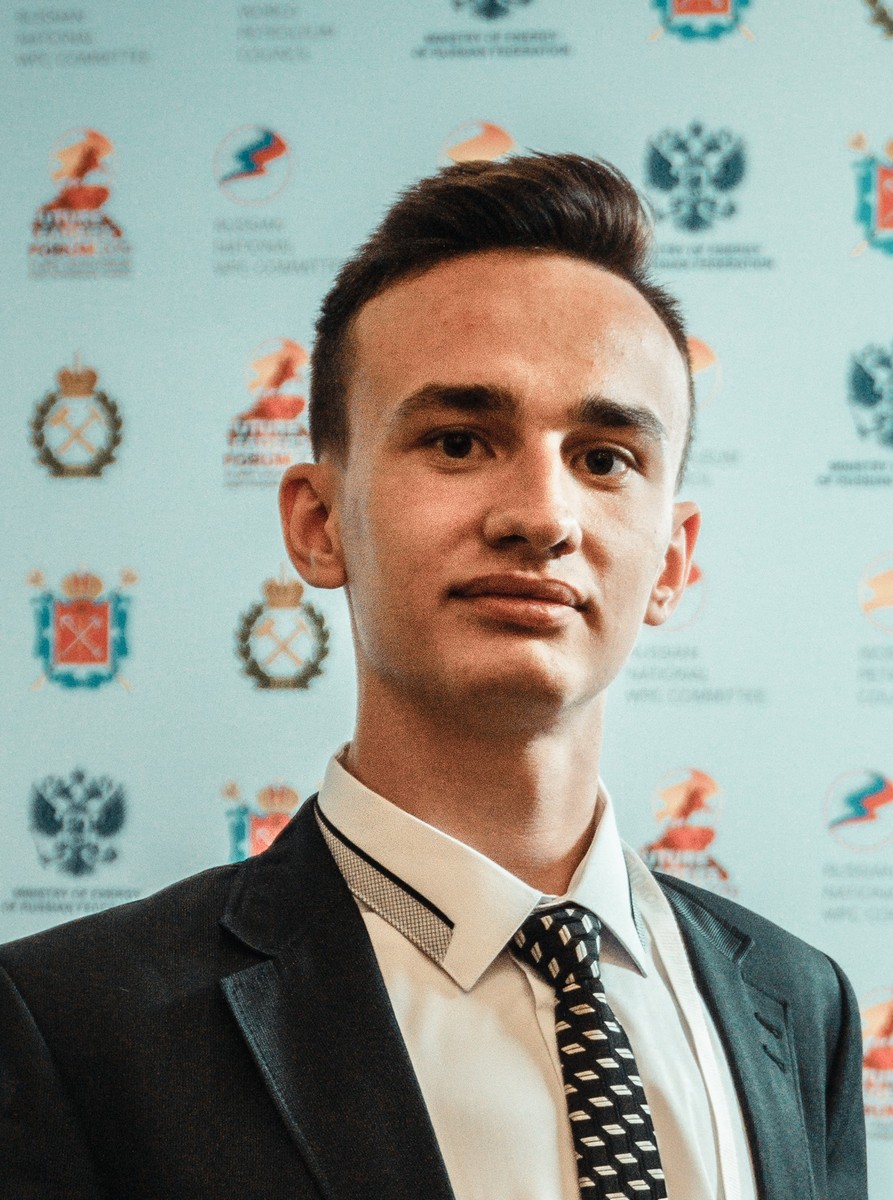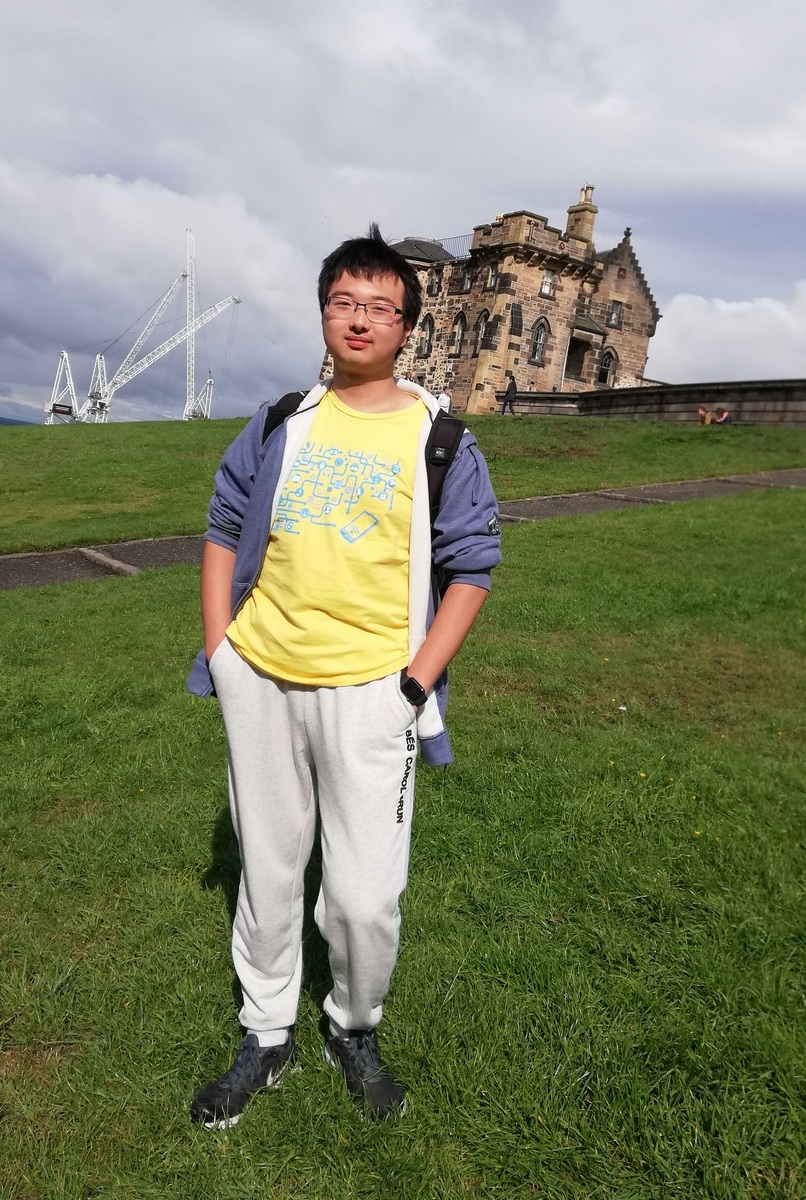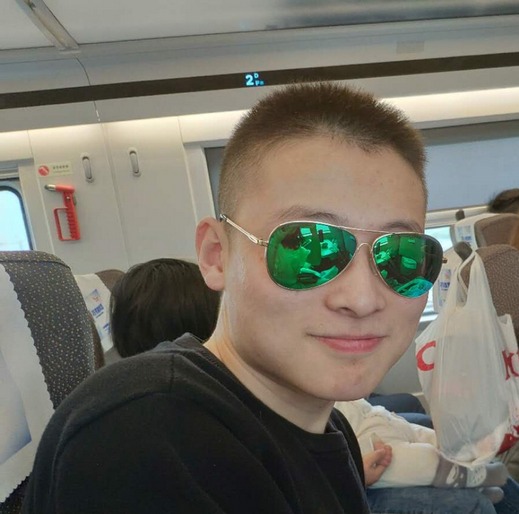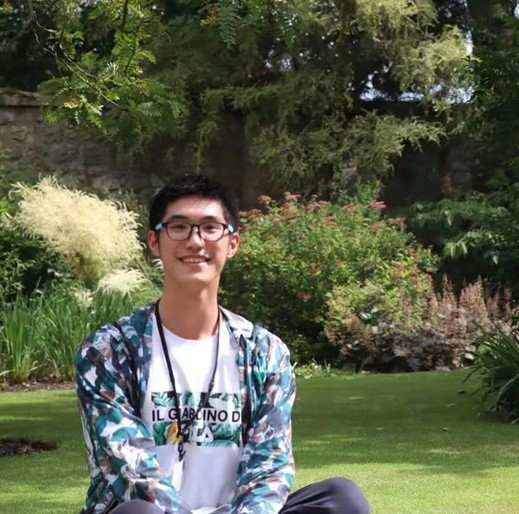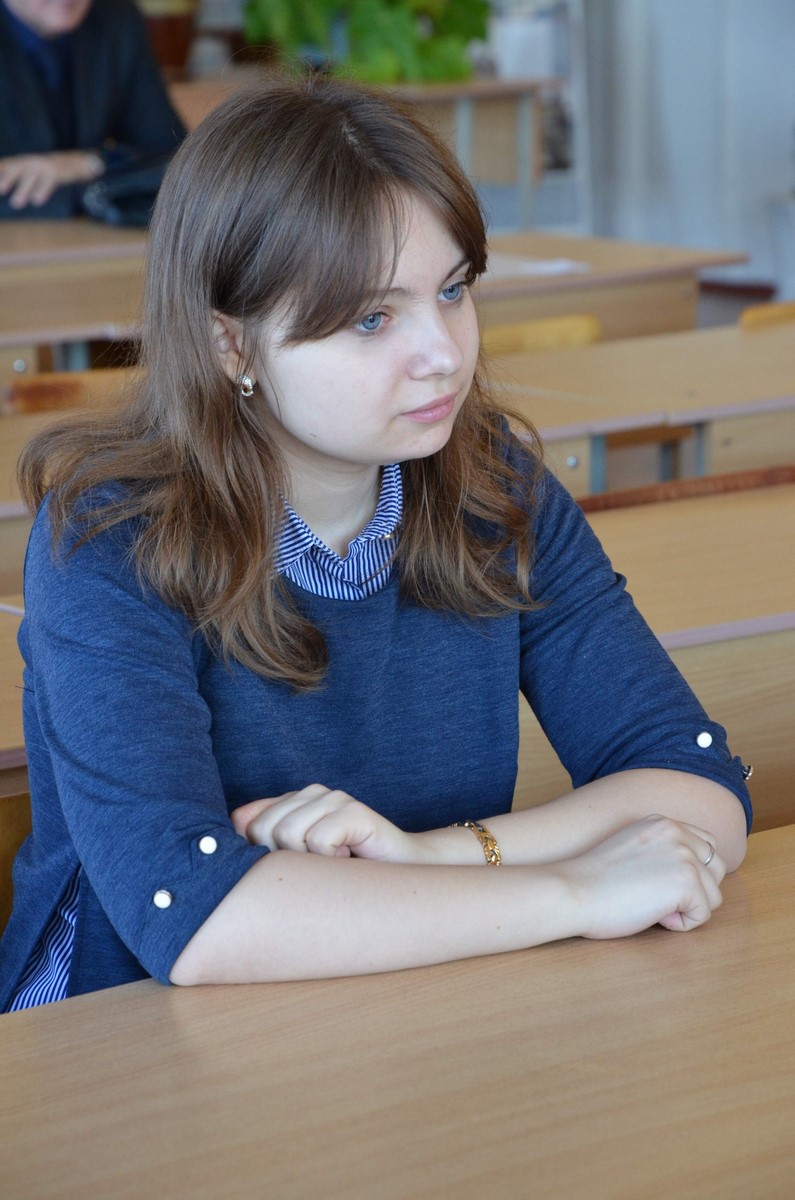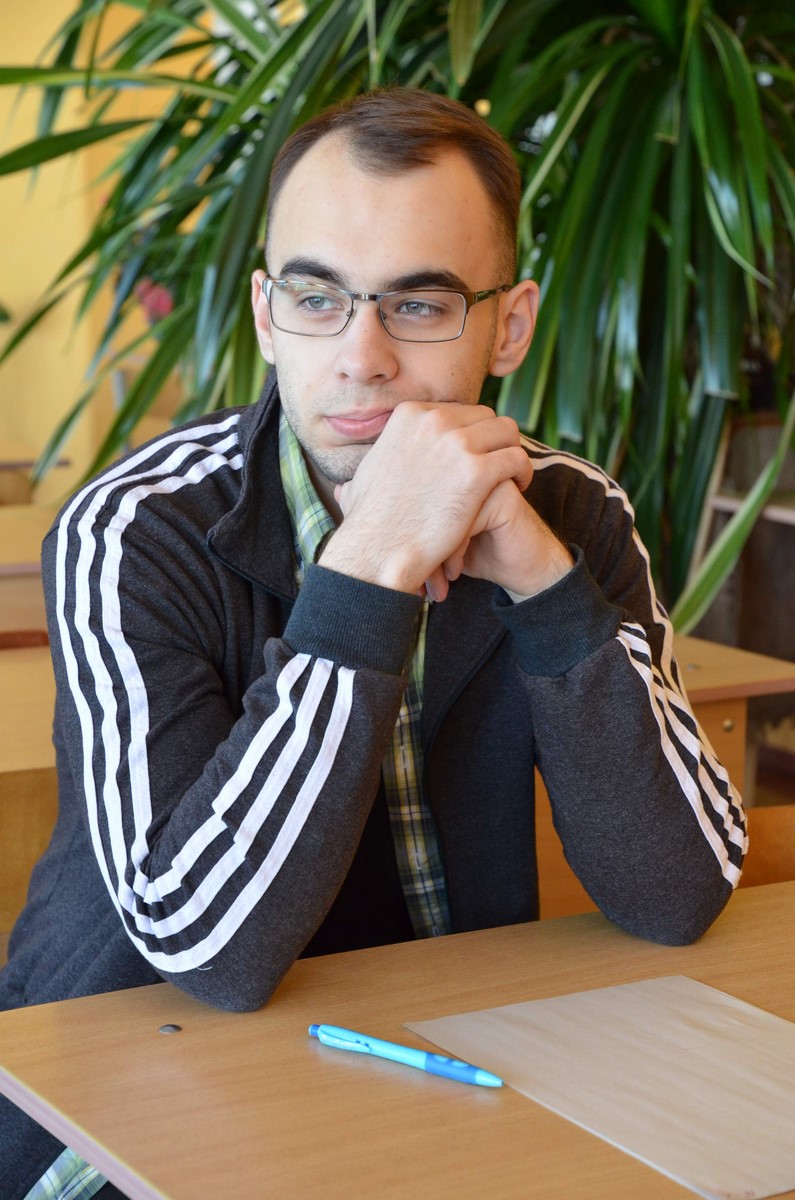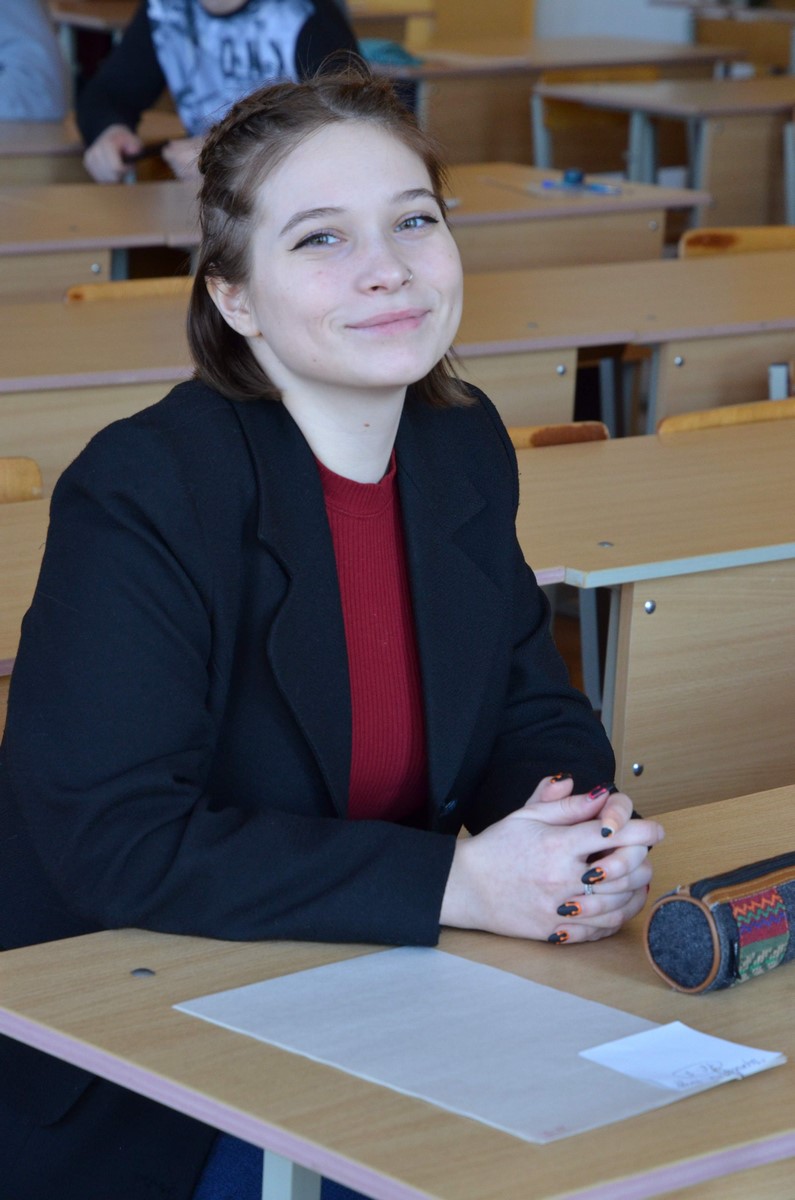XVI International Engineering Mechanics Contest
- Published: Tuesday, 12 May 2020 15:31
Since 2005, the International Engineering Mechanics Contest is held annually at our university.
During all previous years, students from different countries solved problems directly at our university. Taking into account the current situation of this year, it was decided to conduct the Contest in distance form.
To participate in the Contest 294 participants were registered, who represented 50 universities from Azerbaijan, Armenia, Belarus, China, Russia, Turkmenistan, Uzbekistan and Ukraine.
Changing the form of the Contest left its mark on its program. If in previous years a personal-team theoretical competition and a team competition for solving short problems (Brain-ring) were held, then this year it was decided to conduct only a theoretical competition, the results of which were summed up only in the individual competition. Students were asked to solve 6 problems (two each in statics, kinematics and dynamics).

Considering that students in many countries are distance learning, the procedure was specially designed to ensure the same conditions for participants who solve problems both in their universities and at home. The conditions were sent to the team leaders 15 minutes before the official start time of the Contest. Then they familiarized their students with them. At the same time, exactly at the time of the Contest’s start (at 10-00 on April 21), the conditions were posted on the BSUT website. After two and a half hours, that was allotted to the decision rules, the participants had to send express photographs of the decisions by e-mail within 20 minutes. Then it was given a few more hours to prepare and send high-quality images of the decisions made.
The organizers did a great job of processing the sent files in order to prepare the sent solutions for verification. This work took 3 days. The performed calculations showed that 260 works were submitted for verification. The total number of sheets with solutions exceeded 1,450.
The appeal of the results by the procedure was not provided; therefore, in order to ensure objectivity, the verification of each task was carried out in three stages. At the first, the teachers of our university checked the correctness of the ratios used in solving problems. It also monitored the possibility of non-independent work of students. At the second stage, preliminary points were set. At this stage, the non-standard approaches that were present in many works were carefully analysed, and it was established what exactly the participants were right or vice versa - not right (it took the most time). At the third stage, the final ranking was carried out. Here, the work was carefully compared, the assessment of which differed by 0.5 points and on the basis of this, and the scales were outweighed in one or the other direction.
All grades set during verification were entered into the computer. Thus, the following results were obtained.
Absolutely the best result, gaining 55 points out of 60 possible, showed a student of Tsinghua University (China) Liu Zehua.
It should be noted that this university constantly ranks first in the National Rating of Chinese Universities.
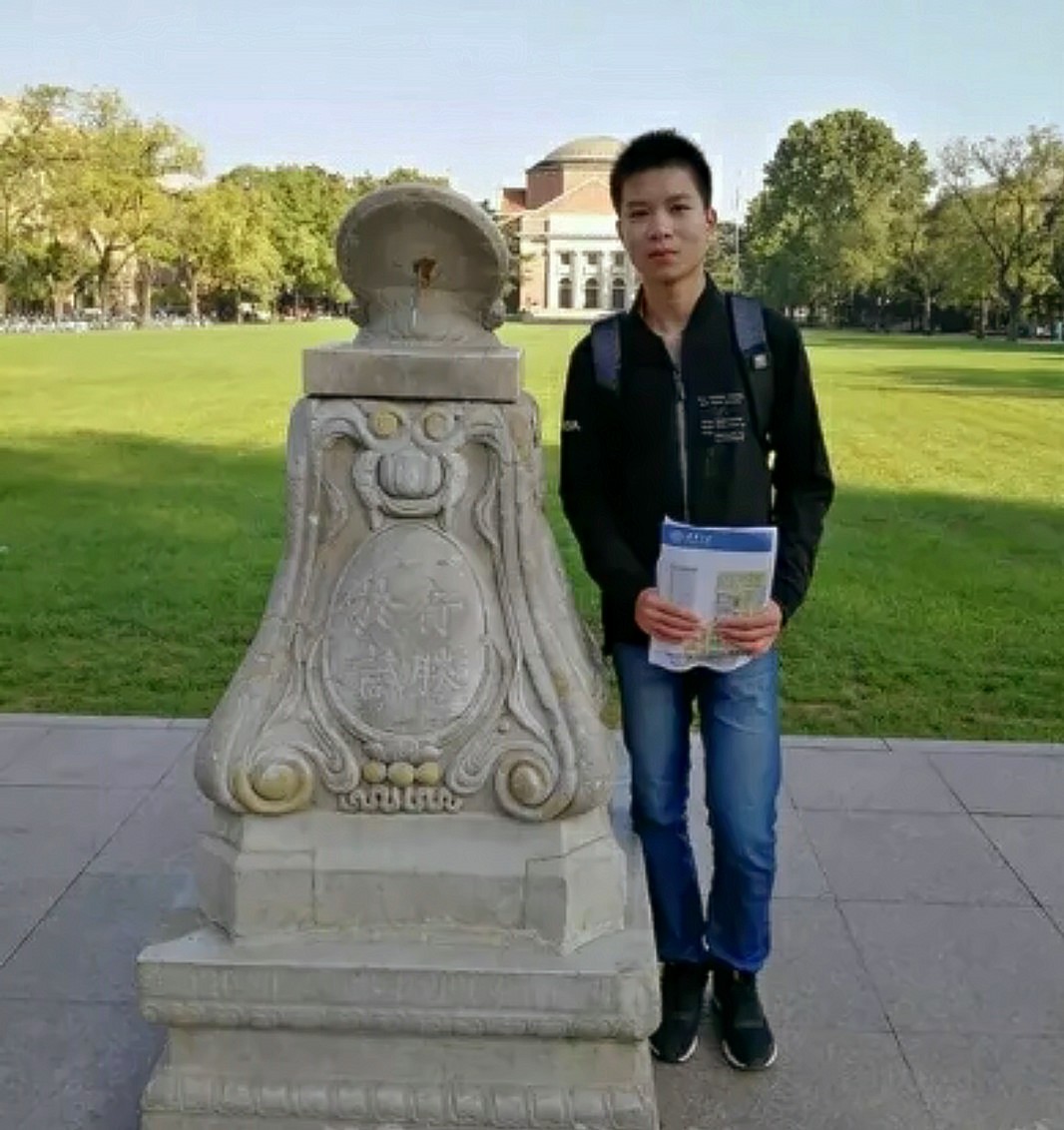
Behind him are a student of the Ufa Petroleum Technical University (Russia) Maxim Ivanov and Zhong Hanzhong (Tsinghua University), the result of which was 48 points
The highest scores included Jiang Jian (Tongji University, China), Sun Chenyang (Southeast University, China), Ilya Lukin (Kharkov National University, Ukraine), Zhao Bingchen and Lai Yuchen from Tsinghua University and students of the Moscow Institute of Physics and Technology (Russia) Andrei Uimin, Andrei Nikolaev, Vyacheslav Kuznetsov.
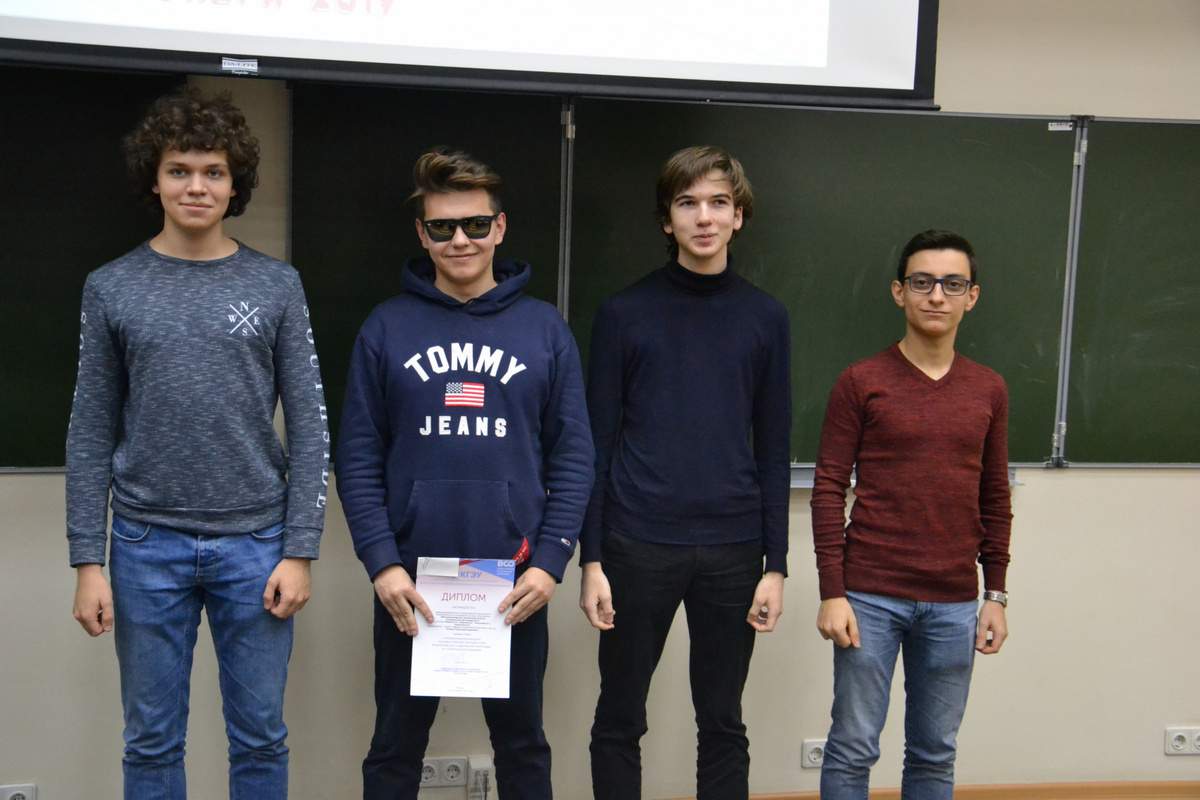 From left to right - Nikolaev, Uymin, Kuznetsov
From left to right - Nikolaev, Uymin, Kuznetsov
Among the representatives of the Republic of Belarus, the best results were shown by Olga Demyanchuk, a student of the UD-31 group of our university, and Nikita Lyashenko, a student of the Civil Protection University of the Ministry of Emergencies of the Republic of Belarus , who were awarded II degree diplomas.
Students of our university Yuri Karatsyuba (ME-11), Sergey Chapsky (UD-21), Ekaterina Chirkova (PS-22) and Anna Gutoreva (PR-41) were awarded with diplomas of the third degree.
Note that the level of complexity of the tasks was very high and required not only typical knowledge of the course of theoretical mechanics, but also the use of non-standard approaches, as well as good mathematical training.
Now the organizers are receiving letters of gratitude from the participants, who note the huge amount of work done by the staff of the department "Technical Physics and Theoretical Mechanics" on the organization of the Contest and verification of problems. We, in turn, want to thank Poslavsky Sergey Alexandrovich from Kharkov National University, who provided us with assistance in the verification.
We wish the participants further success in the study of theoretical mechanics. We hope to see them among the participants in our subsequent Contests.
Кафедра «ТФ иТМ»
Нашли ошибку? Выделите ее и нажмите Ctrl-Enter
